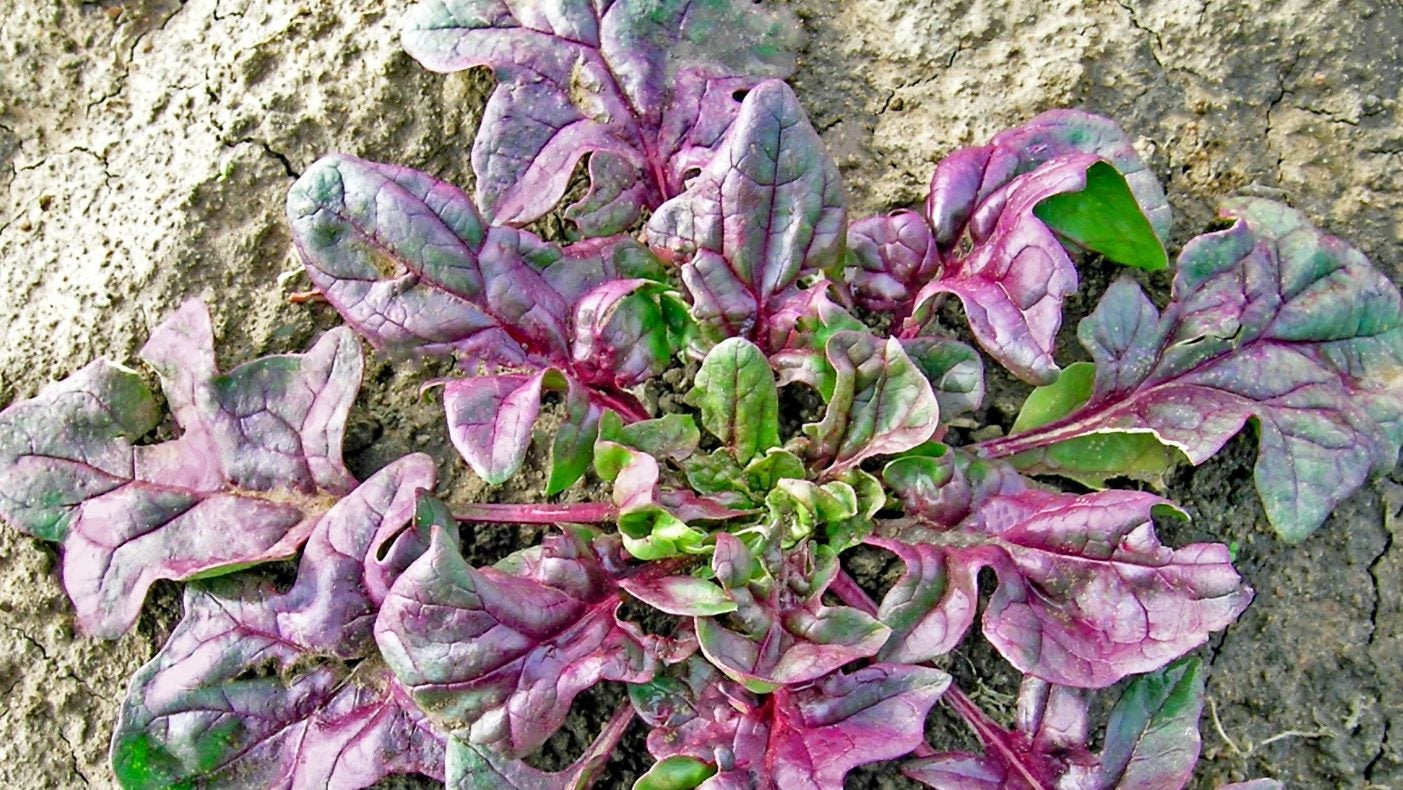The USDA is turning spinach red to boost veggie consumption
The idea to develop red spinach came to Beiquan Mou about a decade ago, as he considered the array of light and dark reds and greens that appear in different varieties of lettuce.


The idea to develop red spinach came to Beiquan Mou about a decade ago, as he considered the array of light and dark reds and greens that appear in different varieties of lettuce.
“Spinach has only been green—kind of boring‚” Mou says. “So I was thinking, maybe I could do something to change it and make it more colorful.”
Mou works as a research geneticist at the US Department of Agriculture’s research division in Salinas, California, down in the valley where much of America’s produce is grown. He’s paid to think about these sorts of things—and where better to do that kind of thinking than in the so-called ‘salad bowl of the world’?
But there’s another reason Mou has spent so much time thinking about creating colorful spinach: He wants to return America’s spinach consumption to its old Popeye-status levels, after more than a decade of health scares.
Back in 2006, an E. coli outbreak that was potentially linked to spinach made national headlines, scaring a lot of people away from the leafy green. The US Centers for Disease Control and Prevention reported that 102 people were hospitalized from the outbreak, and 31 developed kidney failure.
According to the USDA, annual per capita spinach consumption in the US before the outbreak was about 2.3 pounds. After 2006, though, that number tumbled to about 1.6 pounds. It was so bad that Mou can remember going to the grocery store and finding no spinach stocked at all.
All these years later, the spinach market still hasn’t fully recovered from that outbreak. Mou says he sees his work as a chance to help the industry rebound.
Earlier this week (Nov. 4), the USDA announced that Mou had finished his work on red-leafed spinach, and that it is seeking to partner with a seed company to manufacture seeds for future harvests.
While spinach varieties available in stores today have green leaves, some do have red stems, thanks to the presence of a phytonutrient called betacyanin. Mou’s traditional breeding work (his red spinach is not a genetically-modified food) has extended betacyanin’s reach—and its red hue—to the leaves.
According to Mou, betacyanin also enhances the nutritional profile of the plant. Spinach is already rich in vitamin A, lutein, folate, vitamin C, calcium, iron, phosphorus, and potassium. Betacyanin is an antioxidant, and it has been shown to have some health benefits, according to a USDA review of available science.
How soon red spinach becomes available to the public depends on how quickly the USDA partners with a seed company, and how eager produce growers are to adopt a new crop. In addition to red spinach, Mou is also working on developing varieties of lettuce that are as nutrient-dense as spinach. “Right now I’ve got the mineral content close and even higher than in spinach, but with vitamins I haven’t gotten there yet,” Mous says. “I’m close, though.”
The US government for years has recommended that people increase the vegetables in their diet as a means of getting more of the nutrients that naturally occur in foods such as spinach and lettuce. By increasing the nutrient concentration of vegetables, Mou says the conversation around consumption could change: Instead of focusing on mere quantity of veggies, consumers could start thinking about their nutrient-dense quality.